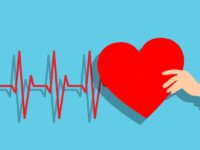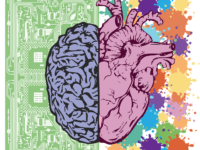Breathe in. Breathe out. Look away. Stay sober.
Addiction is not an active choice to engage in potentially harmful behavior; it is a disease. In fact, conscious attempts by addicts to avoid drug and alcohol use are frequently suppressed by their neural processing systems. Changes in cognition, emotion, and environment all affect a body’s ability to control its neural traffic, relay information, and process a behavioral response; external change creates a bidirectional feedback loop between the body and the brain that influences substance abuse habits.
Because addiction is a chronic disease, typical treatments involve long-term, repetitive care. Common medications are designed to reduce the effects of withdrawal and minimize the influence of opioid-receptors within the body. However, no set regimen works for everyone — almost 21 million Americans still face at least one addiction today. Researchers at Rutgers University–New Brunswick have recently turned their attention to the relationship between the cardiovascular and nervous systems as a potential target for addiction treatment.
However, no set regimen works for everyone — almost 21 million Americans still face at least one addiction today.
Dr. Marsha Bates and her research team at Rutgers University gathered a group of university residents facing addiction to test the effect of resonance-paced breathing on addiction. Resonance breathing is a rhythmic breathing exercise in which controlled exhalation occurs at a pace of six breaths per minute. Her studies show instantaneous changes in respiration, heart rate, pulse transit time, and neurocardiac sensitivity. In her study, Bates instructed patients to view a set of nature cues, followed by a set of alcohol cues, conduct a resonance breathing intervention, view another set of alcohol cues, and rest for six minutes before reflecting on their desire to consume alcohol. A scale ranging from 0 (not craving alcohol at all) to 100 (extremely craving alcohol) was used to gauge how participants felt. When performed by addicted individuals, resonance breathing presented preliminary evidence linking it to alcohol cravings. When compared to the control group, patients practicing resonance-paced breathing demonstrated greater neural activation, causing patients to be more cognizant of their triggers and reactions. With pulsed breaths, addicts had more control over their cravings and awareness of their general condition.
With pulsed breaths, addicts had more control over their cravings and awareness of their general condition.
For patients ranging from low-risk to alcohol-dependent, Bates’s work is a breakthrough for accessible and effective care. Yet, for the researchers at Rutgers, the next step is understanding why exactly resonance breathing has the ability to decrease the urge to succumb to cravings. And for readers at home, perhaps steady 10-second breaths can also aid in unlocking their own cognitive potential.
Source: 1
Image Source: Flickr




